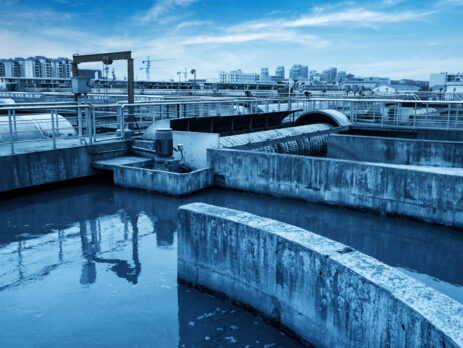Water Treatment: The Need For Gas Detection In Detecting Chlorine
Water utility companies help provide clean water for drinking, bathing, and industrial and commercial uses. Wastewater treatment plants and sewage systems help keep our waterways clean and sanitary. Throughout the water industry, the risk of gas exposure and gas-associated hazards are considerable. Harmful gases can be found in water tanks, service reservoirs, pumping wells, treatment units, chemical storage and handling areas, sumps, sewers, overflows, boreholes, and manholes.
What Is Chlorine and Why Is It Dangerous
Chlorine (Cl2) gas appears yellow green in colour, used to sterilise drinking water. However, most chlorine is used in the chemical industry with typical applications including water treatment as well as within the plastics and cleaning agents. Chlorine gas can be recognised by its pungent, irritating odour, which is like the odour of bleach. The strong smell may provide adequate warning to people that they are exposed. Cl2 itself is not flammable, but it can react explosively or form flammable compounds with other chemicals such as turpentine and ammonia.
Chlorine is toxic and if inhaled or drunk in concentrated quantities can prove fatal. If chlorine gas is released into the air, people may be exposed through their skin, eyes or through inhalation.
What is Chlorine used for
Water chlorination began in Sweden during the 18th century with the purpose to remove odours from water. This method continued to be used solely to remove odours from water until 1890 when chlorine was identified as an effective substance for disinfection purposes. Chlorine was first used for disinfection purposes in Great Britain in the early 1900’s which over the next century chlorination became the more favoured method used for water treatment and is now used for water treatment in most countries worldwide.
Chlorination is a method that can disinfect water with high levels of microorganisms where either chlorine or substance that contain chlorine is used to oxidise and disinfect the water. Different processes can be used to achieve safe levels of chlorine in drinking water to prevent against waterborne diseases.
Why Do I Need To Detect Chlorine
Chlorine, being denser than air, tends to disperse throughout low-lying zones in poorly ventilated or stagnant areas. Although non-flammable by itself, chlorine can become explosive when in contact with substances like ammonia, hydrogen, natural gas, and turpentine.
The reaction of the human body to chlorine depends on several factors; the concentration of chlorine present in air, the duration and frequency of exposure. Effects are also dependant on the health of an individual and the environmental conditions during exposure. For example, when small amounts of chlorine are breathed in during short time periods, this can affect the respirational system. Other effects vary from coughing and chest pains, to fluid accumulation in the lungs, skin and eye irritations. To note, these effects do not take place under natural conditions.
Our solution
The use of a chlorine gas detector provides detection and measurement of this substance in the air to prevent any accidents. Equipped with an electrochemical chlorine sensor, a fixed, or portable, single gas or multi gas Cl2 detector will monitor chlorine concentration in the ambient air. We have a wide range of gas detection products to help you meet the demands of the water treatment industry.
Fixed gas detectors are ideal to monitor and alert water treatment plant managers and workers to the presence of all the major gas hazards. The fixed gas detectors can be permanently positioned inside water tanks, sewage systems, and any other areas that present a high risk of gas exposure.
Portable gas detectors are lightweight and robust wearable gas detection devices. The portable gas detectors sound and signal an alert to workers when gas levels are reaching dangerous concentrations, allowing action to be taken. Our Honeywell portables have reliable chlorine sensor options, for single gas monitoring and multi-gas monitoring.
Control panels can be applied to coordinate numerous fixed gas detection devices and provide a trigger for alarm systems.
